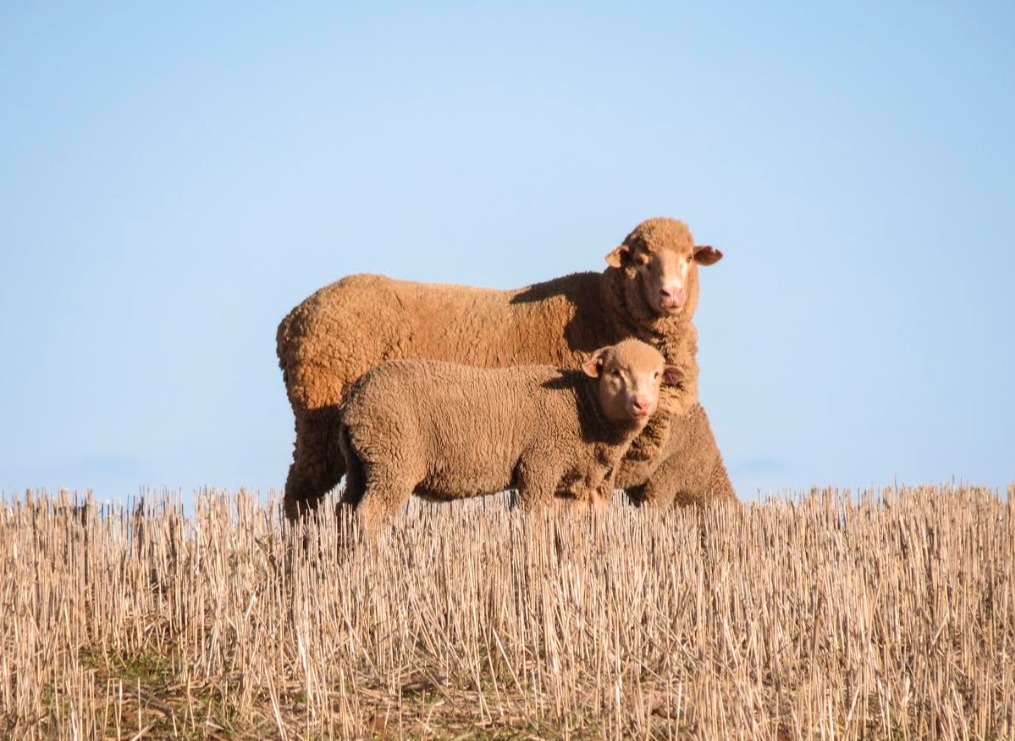
DPIRD WA says there are many advantages to lambs and ewes from weaning at 14 weeks after lambing starts.
WESTERN Australian sheep producers are being urged to wean lambs no later than 14 weeks after lambing starts to optimise lamb and ewe production, and pasture benefits.
The state’s Department of Primary Industries and Regional Development said weaning lambs no later than 14 weeks after the start of lambing enables producers to make the most of pastures before they start to deteriorate in nutritional value.
DPIRD veterinary officer Danny Roberts said weaning by this time also provided greater flock management flexibility, while reducing pressure on the cost of supplementary feeding.
“Weaning at 12 to 14 weeks after the start of lambing enables lambs to capture the highest growth rate and live weight gains before pastures start to flower and senescence (haying off) occurs.
“However, lambs need sufficient time to recover from marking, with the smallest lamb to weigh more than 10 kilograms at weaning or risk reduced growth rates,” he said.
“Ewes will also benefit from weaning, as they have more time to regain condition to score 3 before mating to achieve good reproductive rates.
“Weaning also creates more flock management options, as ewes can be fed maintenance rations, placed on paddocks with less food on offer or sold or agisted,” Dr Roberts said.
Dr Roberts said weaning by 14 weeks also reduced the risk of worms in lambs, which cause scouring, flystrike and decreased growth rates.
“Lambs have no immunity to worms so it is useful to remove lambs from paddocks that may have been contaminated with worms by their mothers.
“Lambs should be placed onto paddocks with a lower worm burden, after they have been drenched with an effective product,” he said.
“Research has shown weaners can be more resilient to winter worms when placed onto clean paddocks, achieving growth rates of more than 240 grams per head per day.”
To ensure maximum growth rates and survival, weaners should be given selenium and cobalt before the spring flush and put onto clover-dominated pastures with good quality water supply.
Weaned lambs need to graze (Food On Offer) FOO levels of more than 1500 kilograms per hectare to maximise their intake of energy.
Dr Roberts said if this cannot be achieved, a confinement pen or supplementary feeding in a paddock may be required.
“If lambs are unfamiliar with supplementary feeding they should be trained to eat lupins, cereal grain or pellets, while still with their mothers to avoid reduced growth rates two to three weeks after weaning,” he said.
“On weaning day it is advised that lambs to receive a second vaccination for clostridial diseases and cheesy gland.”
To optimise Merino weaner production, producers should aim for a minimum live weight of 20kg and condition score 2 before the start of summer.
More weaning information is available on the department’s Season 2020 web pages, including the popular Pastures from Space tool to evaluate pasture growth rates and levels.

HAVE YOUR SAY